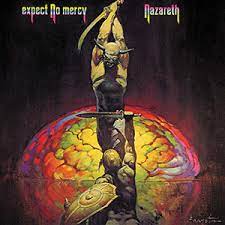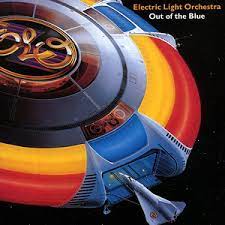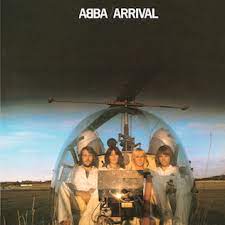Tutorial Pricing: $3.25ea OR any 10 for $10
(use code "Any10410" at checkout)
Paid Requests for $25ea
(comes with any 8 freebies -> so 9 for $25)
100's Of Free Demos & Chord Sheets
Best Of Supertramp Songs

Thanks for dropping by my best of Supertramp songs page where I have several tutorial demos you can view along with free chords and lyrics pdf download sheets and some tips on rhythm patterns for each song.
Full lesson tutorials are also available for a small fee and I'm using Supertramp album covers below so you know the source of each song.
Breakfast In AmericaGive A Little Bit
It's Raining Again
Take The Long Way Home
The Logical Song
You Started Laughing
Who Is Supertramp?

Supertramp is a British rock band that rose to prominence in the 1970s. The band was known for its distinctive blend of progressive rock and pop music, characterized by intricate instrumentation, thoughtful lyrics, and melodic hooks. Some of their most famous songs include "The Logical Song," "Breakfast in America," "Give a Little Bit," and "Goodbye Stranger."
Formed in 1969 by keyboardist Rick Davies and guitarist Roger Hodgson, Supertramp underwent several lineup changes throughout its career. Their breakthrough came with the release of the album "Crime of the Century" in 1974, which featured the hit singles "Dreamer" and "Bloody Well Right." The album showcased the band's unique sound and established them as major players in the progressive rock scene.
Supertramp achieved even greater success with their 1979 album "Breakfast in America," which became their best-selling record. It spawned several hit singles and earned the band international acclaim. Despite internal tensions and lineup changes over the years, Supertramp continued to release albums and tour into the 1980s and beyond, leaving a lasting legacy in the world of rock music.
Best Of Supertramp Songs
Lyrics, PDF's & Tutorials
Breakfast In America
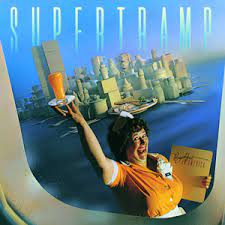
Breakfast In America is a song by the band Supertramp. It was the main single from their album with the same name, released in 1979. The song did well in the UK, reaching #9 on the charts, and in other countries where it made it into the top 20. However, in the US, it only reached #62.
Interestingly, Rick Davies, one of the band members, didn't really like this song, despite its popularity.
The song is played in standard tuning with a capo up on the 3rd fret to stay in the original key using the chords Am, G, Fmaj7, E7 and a Dm7. I use a root down root up down up rhythm pattern and there is no picking for the guitar in this one.
Jump To Top
Give A Little Bit
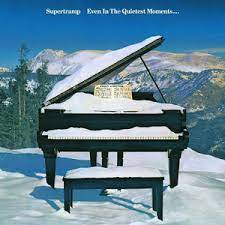
Give a Little Bit is a song by the band Supertramp, featured on their 1977 album "Even In The Quietest Moments." It reached #15 on the charts in the US and #29 in the UK.
The song holds a special place in Supertramp's history as it was written by Roger Hodgson when he was just 19 years old. He introduced it to the band in his mid-20s. Hodgson was inspired by The Beatles' song "All You Need Is Love" when he penned "Give a Little Bit."
You can play this number in standard tuning using the following chords of A, D, G, Esus, E, A7sus, A7, Gbm, Bm, Cmaj7, C/B, C/A, D7th, D9th and D14th. These chords are easier to understand in the full lesson tutorial.
There is some lead in this one while playing the rhythm pattern down up down down up down down down and repeat along with some shuffle strumming throughout.
Jump To Top Of Best Of Supertramp Songs
It's Raining Again
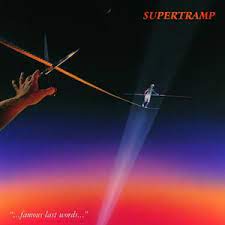
It's Raining Again hails from Supertramp's album "Famous Last Words," released in 1982. The band also released it as a single.
The song did quite well, making it into the top 40 of The Billboard Hot 100, but it peaked at #11. It was a top 10 hit in several countries and even reached #1 in France.
Interestingly, this song marked Supertramp's final appearance in the UK's top 40 charts.
I play this song with a down up down up rhythm pattern and with a few riffs blended into the mix. There is no picking and the song is in standard tuning, however a capo 3rd fret gives you the original key. The chords needed here are G, C, Am7, D, F, Csus, G6 and a B7.
Jump To Top
Take The Long Way Home
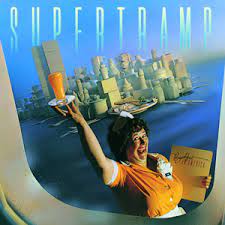
Take the Long Way Home is the third single from Supertramp's album "Breakfast in America," released in 1979. It's the sixth track on the album and was the last song written during the nine-month recording process.
In 1980, a live version of the song from Paris gained popularity in various European countries. According to its composer, Roger Hodgson, the song explores the idea of wanting to go home but feeling conflicted about it. He explains that it's about not wanting to return to a home where you feel overlooked or unappreciated, such as when a spouse treats you like part of the furniture.
This song uses a drop D tuning component but that's always optional. The rhythm pattern for this one is mainly down strokes with some riffs blended in using the chords Dm, Am, G, C, Gbm, Bm, Bm/A, G6, F and A+. There is also a bit of lead in here for the guitar player to blend into the song.
Jump To Top Of Best Of Supertramp Songs
The Logical Song

The Logical Song was Supertramp's main single from their album "Breakfast in America" in March 1979. The song was mostly written by Roger Hodgson, who drew inspiration from his own experiences of attending boarding school for ten years.
It became Supertramp's most successful song, reaching No. 7 in the United Kingdom and No. 6 on the US Billboard Hot 100 chart. In 2001, the band Scooter covered the song, leading to its return to the top 10 in several European countries.
It remains one of the band's most popular and recognizable songs, achieving great success in multiple countries, including reaching the top spot in Canada.
For the acoustic player, I play this with a capo on the 3rd fret using the chords Am, Fmaj7, Em, G, Fmaj7/Gb, C, Am/C, A#, Dm, F and A. Download the free chord sheet here. The song is in standard tuning with a capo on the 3rd fret. For rhythm you'll play some down-strokes with some chop and shuffle
rhythm. This one you'll need to feel out a bit and later you'll use some down
strokes and arpeggio with a little lead work.
Unavailable At This Time
Jump To Top
You Started Laughing
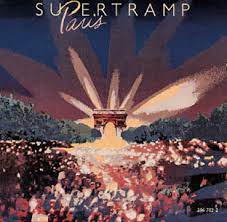
You Started Laughing is a track based off of the 1979 recording from a live show in Paris, but the song was never released as a single. This album was known as the "Paris" live album.
I play this one in standard tuning using a down down up down up rhythm pattern with a few arpeggio notes in the beginning, and then a down down up up down up pattern.
There is no lead in this one while using the chords A, G, D, F, C, C7 and Ab.
Jump To Top Of Best Of Supertramp Songs
Thanks for stopping by my best of Supertramp songs page and I hope you some some useful information here.
If you liked this best of Supertramp songs page you might like ... (click images)
Supertramp Wiki Page
Supertramp Songs - Dreamer
Acoustic Versions Of Rock Songs
